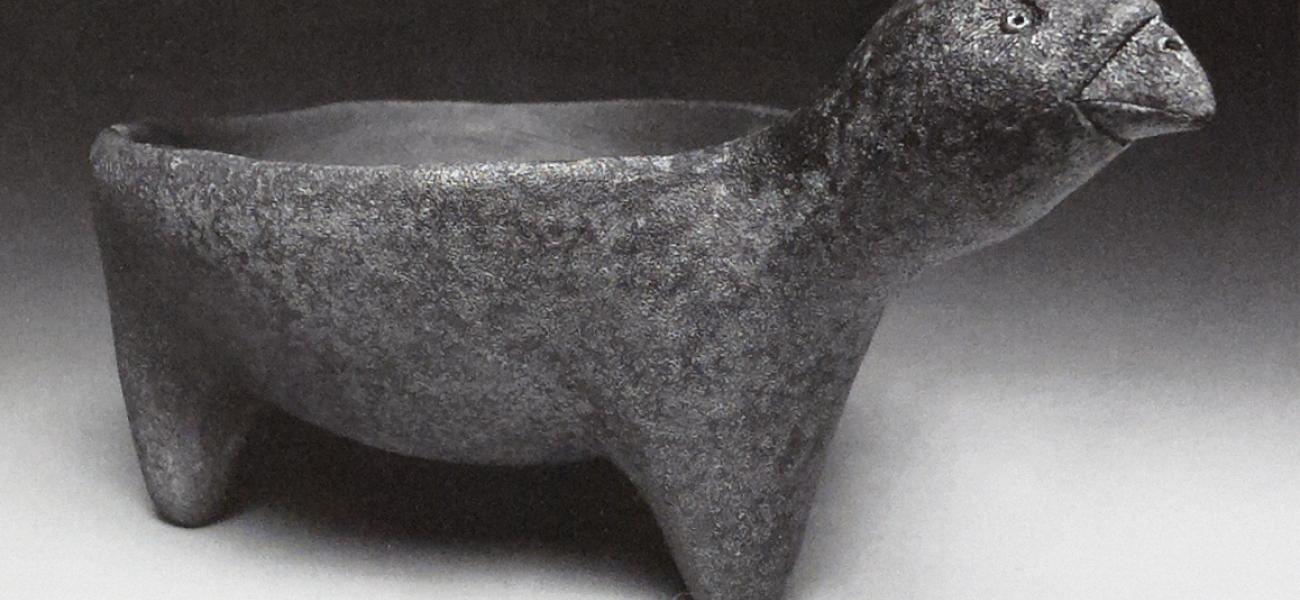A language teacher once told me that in order to learn a new word you have to forget it five times. What I love about this statement is the idea that forgetting is integral to learning, an inseparable part of the journey to acquire knowledge. This gives me permission to fail - in fact, it emphasizes failure as necessary. You might say that failure is an option in the same way that weather is a choice: you can choose where to live or you can stay indoors, but your best bet is to take advantage of whatever weather the day brings.
Failure ensures ownership. If I fail in a project, then make changes, persevere, and finally succeed, the success is mine. If I fail and seek the answers from someone else before attempting to find my own solutions, the result is diluted. When my children first tried to walk, they fell many times, and in falling, they learned to walk. They also learned to fall, and how to catch themselves before they fell. The importance of being allowed to fail was expressed by my eighteen-month old daughter, who said, "Do it myself! Me!" Working with apprentices, I have become more content with their failing than they perhaps like; however, the end result is more self-sufficient students who understand the processes more deeply.
1 failed in my applications to graduate school two years in a row. In the third year, I applied to three schools but was accepted only at one. Each failure allowed me to ask why and gave me the opportunity to call the professors who had turned me down to ask what my work lacked. The failed applications were important critiques. Failure is the courageous friend who trusts you enough to speak the unvarnished truth. I remember taking my work to an artist whose opinion I admired. I asked her if she thought my work was artistic. She said, "No; nice, creative, but not artistic." I was devastated.
I went off to be alone, to search deeply inside myself for what I valued and wanted. It became a pivotal moment in my life, in which I defined for myself what an artist is and does.

